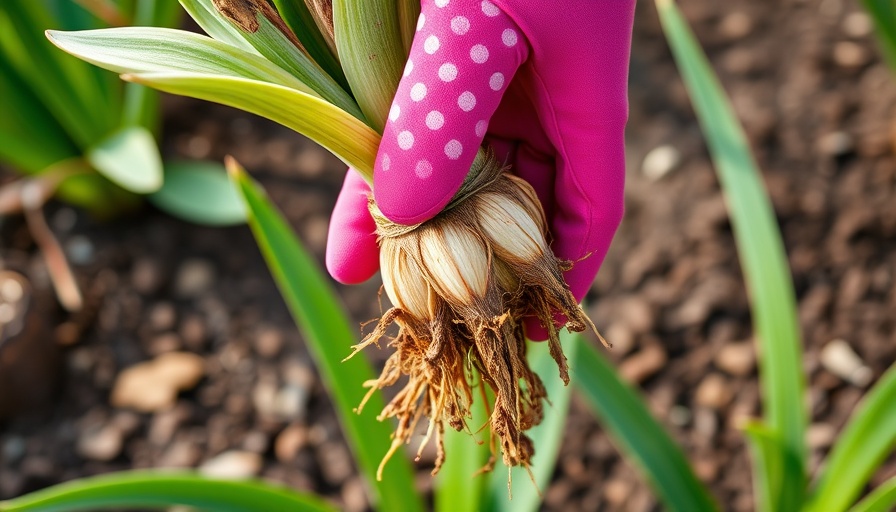
Understanding Bearded Irises and Their Rhizomes
Bearded irises are a remarkable choice for gardeners looking to enhance their late spring garden. Not only do they showcase an array of stunning colors and unique, ruffled petals, but they are also resilient, drought-tolerant once established, and provide architectural interest with their tall, sword-like foliage. However, the secret to their vibrant blooms lies in their rhizomes, which require careful attention regarding planting time and method.
Ideal Planting Times for Bearded Iris Rhizomes
Proper timing is essential when planting bearded iris rhizomes to ensure they take root effectively before harsh weather sets in. Generally, late summer to early fall is touted as the best planting window, but the specifics can vary depending on your climate zone. In warm regions, aim for late fall, while cooler areas may need to plant sooner.
Why Late Summer to Early Fall is Best
Late summer conditions are particularly conducive to root growth for bearded irises. As rhizomes come out of summer dormancy, the warm soil paired with cooling air temps facilitates a stress-free environment for the plants. This period allows ample time for irises to establish themselves, reducing the risk of being hindered by the temperature extremes of winter or summer that can disrupt root development.
Practical Tips for Successful Planting
To optimize your results when planting bearded irises, ensure they are placed in well-drained soil with full sun exposure. Additionally, consider spacing them adequately to promote airflow, which can help prevent fungal issues. Remember to bury the rhizomes only partially, so the tops remain exposed to light—this encourages healthy growth and blooming.
Enrich Your Garden with Iris Companion Planting
Bearded irises make excellent companions for various other plants. Consider planting them alongside late-blooming perennials such as daylilies or tall phlox to maintain a colorful display throughout the season. Using companion plants can also help you design a vibrant cottage or cutting garden, maximizing your space and ensuring a continuous element of surprise as flowers unfurl.
Common Mistakes to Avoid
Even seasoned gardeners can falter when it comes to planting irises. One common mistake is planting too late, which can inhibit root establishment and lead to fewer blooms in the first year. Watch out for overwatering, which can compromise the rhizomes; they thrive in drier soils once established. And lastly, resistance to dividing them regularly can lead to clumping; dividing them every 3-4 years can invigorate their growth and ensure that your garden remains full of vibrant blooms.
Your Local Gardening Resource
In addition to your planting efforts, consider engaging with local lawn care services to help enhance your gardening experience. Companies like Northern Lawn Care in Muskegon, with services ranging from winter plowing to property management, can provide valuable support year-round. To kickstart your gardening ambition, don't hesitate to call Everett Lucas at 231-450-3414. A well-maintained lawn can complement your beautiful iris display, creating an oasis in your backyard.
 Add Row
Add Row 
 Add
Add 


Write A Comment